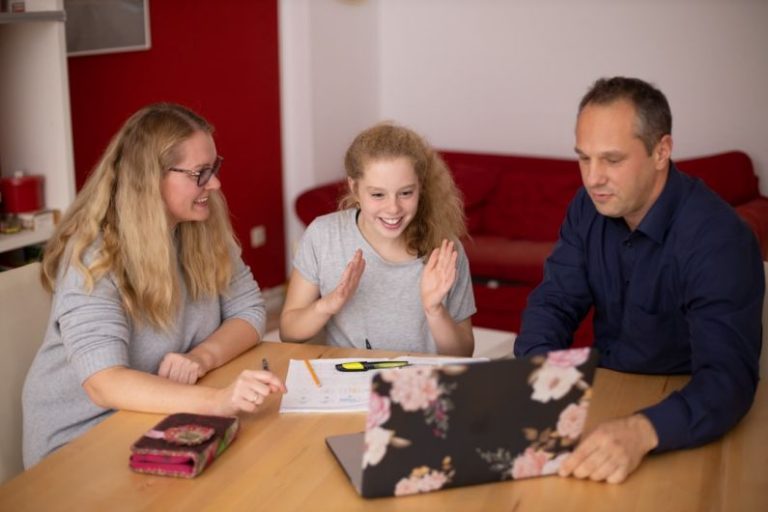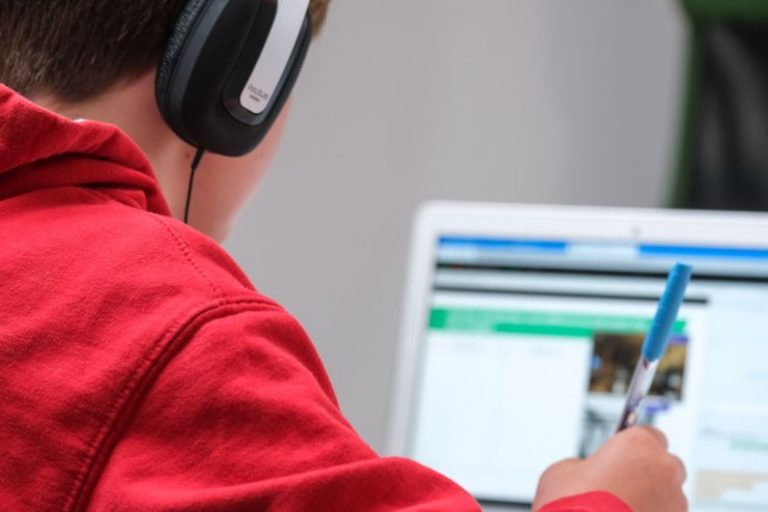Innovative Teaching Methods for Engaging Students
Engaging students in the learning process is a crucial aspect of education that can significantly impact their academic performance and overall success. Traditional teaching methods may not always capture the attention and interest of students, leading to disengagement and lack of motivation. In today’s fast-paced and technology-driven world, educators are constantly seeking innovative teaching methods to create a dynamic and interactive learning environment that can inspire and engage students. By incorporating creative and effective teaching strategies, educators can enhance student learning experiences and promote active participation in the classroom.
**Creating a Collaborative Learning Environment**
One innovative teaching method that has been proven to engage students effectively is creating a collaborative learning environment. Encouraging students to work together on projects, assignments, and discussions can foster a sense of community within the classroom and promote peer-to-peer learning. Collaborative activities allow students to share ideas, perspectives, and knowledge, leading to a deeper understanding of the subject matter. Moreover, working in groups can help students develop important teamwork and communication skills essential for their future success.
**Utilizing Technology in the Classroom**
Incorporating technology into the teaching process is another effective way to engage students and make learning more interactive and engaging. Educational tools such as interactive whiteboards, educational apps, virtual simulations, and online resources can be used to create a dynamic and immersive learning experience. Technology can help cater to different learning styles, provide instant feedback, and make complex concepts more accessible and understandable for students. By integrating technology into their teaching practices, educators can keep students actively involved and motivated to learn.
**Implementing Project-Based Learning**
Project-based learning is a student-centered teaching approach that immerses students in real-world projects and challenges, allowing them to apply their knowledge and skills in practical contexts. This method encourages critical thinking, problem-solving, creativity, and collaboration among students. By working on projects that are relevant and engaging, students are more likely to stay motivated and invested in their learning. Project-based learning also helps students develop essential skills such as time management, research, and presentation skills, preparing them for future academic and professional endeavors.
**Incorporating Gamification Techniques**
Gamification is the application of game elements and principles in non-game contexts, such as education, to make learning more engaging and enjoyable. By incorporating elements like points, badges, leaderboards, and rewards into the learning process, educators can motivate students to actively participate and progress in their studies. Gamification can make learning more interactive, competitive, and fun, encouraging students to set goals, track their progress, and strive for continuous improvement. This innovative teaching method can enhance student engagement and motivation while fostering a sense of accomplishment and satisfaction.
**Encouraging Active Learning Strategies**
Active learning strategies involve engaging students in the learning process through hands-on activities, discussions, debates, and problem-solving tasks. Instead of passively receiving information, students are actively involved in constructing their knowledge and understanding of the subject matter. Active learning promotes critical thinking, communication skills, and retention of information, leading to deeper learning outcomes. By incorporating active learning strategies into their teaching practices, educators can create a dynamic and stimulating learning environment that keeps students engaged and invested in their education.
**Empowering Student Voice and Choice**
Empowering student voice and choice in the classroom can significantly enhance student engagement and motivation. Allowing students to have a say in their learning by providing them with options, autonomy, and opportunities for self-expression can increase their sense of ownership and responsibility for their education. By incorporating student interests, preferences, and perspectives into the curriculum, educators can make learning more relevant, meaningful, and engaging for students. Empowering student voice and choice fosters a sense of agency and empowerment, leading to increased motivation and active participation in the learning process.
**Inspiring Creativity and Innovation**
Encouraging creativity and innovation in the classroom can spark students’ curiosity, imagination, and problem-solving skills. By providing opportunities for creative expression, exploration, and experimentation, educators can inspire students to think outside the box and approach learning in new and innovative ways. Creative teaching methods such as storytelling, role-playing, art projects, and multimedia presentations can stimulate students’ creativity and engagement, making learning more exciting and memorable. By fostering a culture of creativity and innovation, educators can empower students to become lifelong learners and critical thinkers who are unafraid to take risks and explore new ideas.
**Promoting a Growth Mindset**
Promoting a growth mindset in the classroom can significantly impact students’ motivation, resilience, and attitude towards learning. A growth mindset emphasizes the belief that intelligence and abilities can be developed through effort, perseverance, and learning from mistakes. By praising students’ efforts, providing constructive feedback, and encouraging a positive attitude towards challenges and setbacks, educators can cultivate a growth mindset in their students. A growth mindset fosters a love of learning, a willingness to take risks, and a desire to continuously improve, leading to increased engagement and academic success.
**Fostering a Positive and Supportive Classroom Culture**
Creating a positive and supportive classroom culture is essential for engaging students and promoting a conducive learning environment. Building strong relationships with students, showing empathy and understanding, and fostering a sense of belonging and community can make students feel valued, respected, and safe in the classroom. A positive classroom culture encourages open communication, collaboration, and mutual respect among students and educators, creating a supportive and inclusive learning environment where all students can thrive. By fostering a positive classroom culture, educators can enhance student engagement, motivation, and overall well-being, leading to improved academic performance and success.
**Empowering Educators to Innovate**
Innovative teaching methods play a crucial role in engaging students and enhancing their learning experiences. By creating a collaborative learning environment, utilizing technology, implementing project-based learning, incorporating gamification techniques, encouraging active learning strategies, empowering student voice and choice, inspiring creativity and innovation, promoting a growth mindset, and fostering a positive classroom culture, educators can create dynamic and interactive learning environments that cater to the diverse needs and interests of students. Empowering educators to innovate and experiment with new teaching strategies can lead to a transformative educational experience that inspires students to learn, grow, and succeed in the classroom and beyond.






